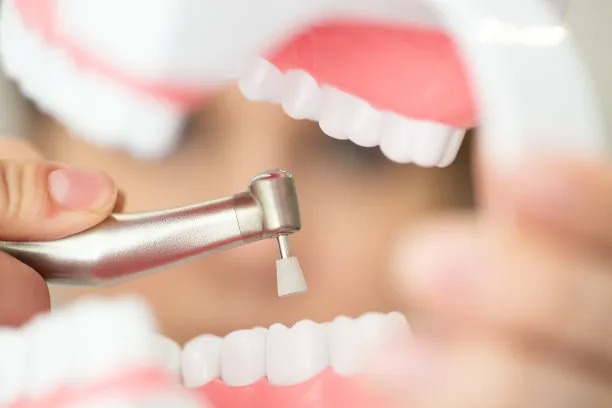The Essential Guide to Extract a Tooth Safely and Effectively for a Healthy Smile
Summary: Extracting a tooth might seem daunting, but understanding the process can lead to a safe and effective experience. This guide will traverse four critical areas: recognizing when extraction is necessary, consulting with dental professionals, preparing for the procedure, and ensuring proper post-extraction care. By following these steps closely, individuals can contribute to a healthier smile and a more positive dental experience. Whether faced with a decayed tooth or an overcrowded mouth, awareness and preparation are key to navigating tooth extraction successfully.
1. Recognizing When Extraction is Necessary

Tooth extraction can become necessary for several reasons. The most common include severe decay, overcrowding, and periodontal disease. When a tooth is so decayed that it cannot be restored through fillings, crowns, or other dental treatments, extraction becomes the preferred option. This prevents further complications that can arise from infections or abscesses.
Another situation warranting extraction is overcrowding. In some cases, individuals may experience alignment issues or insufficient room for their teeth. Orthodontic treatments may involve the removal of teeth to create space for the remaining ones to shift properly. Ensuring a well-aligned smile can significantly impact oral health and aesthetics.
Lastly, periodontal disease can lead to tooth loss if left untreated. Extraction may be necessary when gums become infected and contribute to the loosening of teeth. Regular dental check-ups can help identify these issues before they escalate, enabling timely decisions regarding extraction.
2. Consulting Dental Professionals for Guidance
Prior to any extraction, consulting with dental professionals is essential. A qualified dentist can provide a detailed evaluation of the dental condition and recommend the best course of action. This may include X-rays to assess the tooths condition and its surrounding bone structure.
During the consultation, patients should openly discuss their dental history and any concerns they may have. Providing this information allows dentists to make informed decisions regarding anesthesia options—local or general—and anticipate any potential complications during the extraction.
In some cases, a referral to an oral surgeon may be necessary, particularly for more complex extractions such as wisdom teeth. Consulting with specialists ensures patients receive comprehensive care tailored to their unique needs. Open communication with the dental team enhances patient comfort and confidence throughout the process.
3. Preparing for the Tooth Extraction Procedure
Preparation for tooth extraction is crucial to ensure a smooth experience. Before the procedure, patients should follow their dentists specific pre-operative instructions. This may involve fasting before the surgery, especially if sedation will be used.
Additionally, arranging for transportation is advisable, particularly if sedation is involved. Post-extraction grogginess can make driving unsafe. Having a trusted friend or family member present can also provide emotional support and assistance during recovery.
Patients can prepare for aftercare by stocking up on necessary supplies, including ice packs, over-the-counter pain relievers, and soft foods. A proper setup at home can make the initial recovery phase more comfortable. Understanding the healing process and what to expect can alleviate anxiety associated with the procedure.
4. Ensuring Proper Post-Extraction Care
The post-extraction phase is crucial for ensuring a smooth recovery. Following the procedure, patients will receive detailed aftercare instructions from their dentist. Its essential to adhere to these guidelines to minimize the risk of complications, such as infection or dry socket.
Maintaining good oral hygiene is vital, but it’s important to be gentle around the extraction site. Rinsing with warm salt water can help keep the area clean without disturbing the healing process. Keeping the mouth free from irritants, such as tobacco and alcohol, also supports recovery.
Pain management is another key aspect of post-extraction care. Patients may experience discomfort, which can often be mitigated with over-the-counter pain relievers as directed by their dentist. If severe pain persists, contacting the dental office is crucial to address potential complications.
Summary:
In conclusion, understanding the tooth extraction process ensures that patients are well-prepared and informed before undergoing the procedure. By recognizing the need for extraction, consulting dental professionals, preparing adequately, and following post-care instructions, a healthier and brighter smile is achievable. The anticipation surrounding tooth extraction diminishes significantly when individuals know what to expect.
This article is compiled by Vickong Dental and the content is for reference only.



